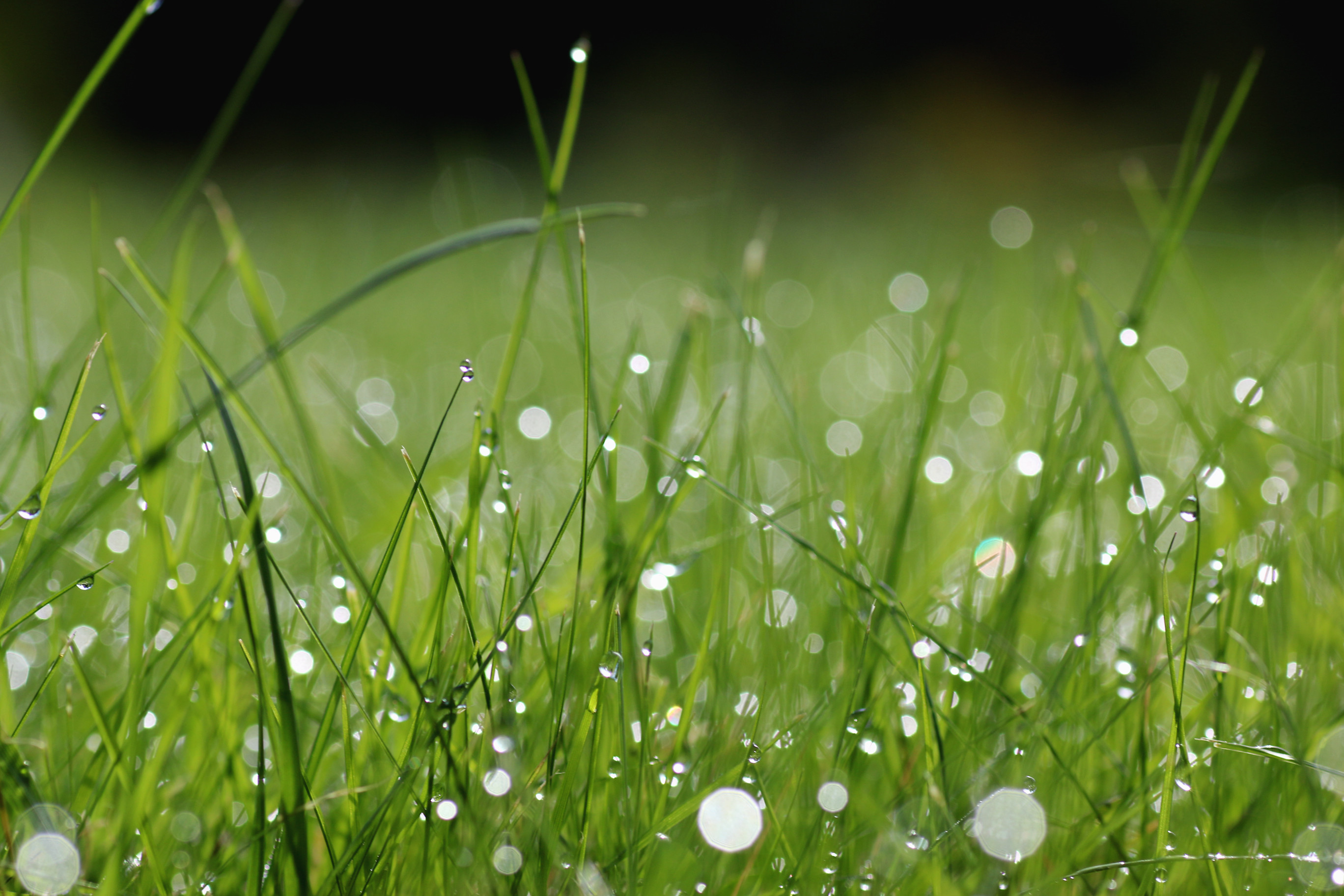Why is my Sod Turning Brown

Drought
Why is my sod turning brown maybe because of drought. Most Jacksonville and St. Augustine grass sod species have a level of drought tolerance once established. St. Augustine grass, Bermuda grass, zoysia grass, centipede grass, and Bahia grass will slowly turn brown when stressed for water. The individual grass blades will fold in half vertically then intermittent spots will become dry and crunchy giving the sod an overall brown appearance. Established grasses will recover quickly once the sod grass is watered regularly. Unfortunately, if the dry folded grass of new sod is not watered immediately it will not recover and die very quickly. It is important to follow the directions for newly installed sod given to you by your Jacksonville sod installation professional after your sod has been installed.
Dormant
Why is my sod turning brown maybe because of dormancy. Warm season grasses like bahia grass, zoysia grass and st augustine grass will go dormant in the winter and turn brown. The percentage of brown versus green will be determined by the cultivar of grass, how long the turfgrass has been established and how low and long the temperatures get during winter months. It is important to still water your lawn during the winter months to prevent killing the turfgrass.
Take-All-Root Rot
Take-All-Root-Rot is a fungus type disease which effects the roots of warm season grasses when there has been an abundance of water and the grass is not able to dry out between watering. Heavy rains contribute to the onset and spread of the disease. It will turn the grass brown and it will rot. There is no method of recovery from this disease and maybe why my sod is turning brown. Turfgrass does not recover from Take-All-Root-Rot and will need to be replaced. Jacksonville Sod Service can provide an estimate for new sod installation in St Augustine Florida and in the Jacksonville area.
